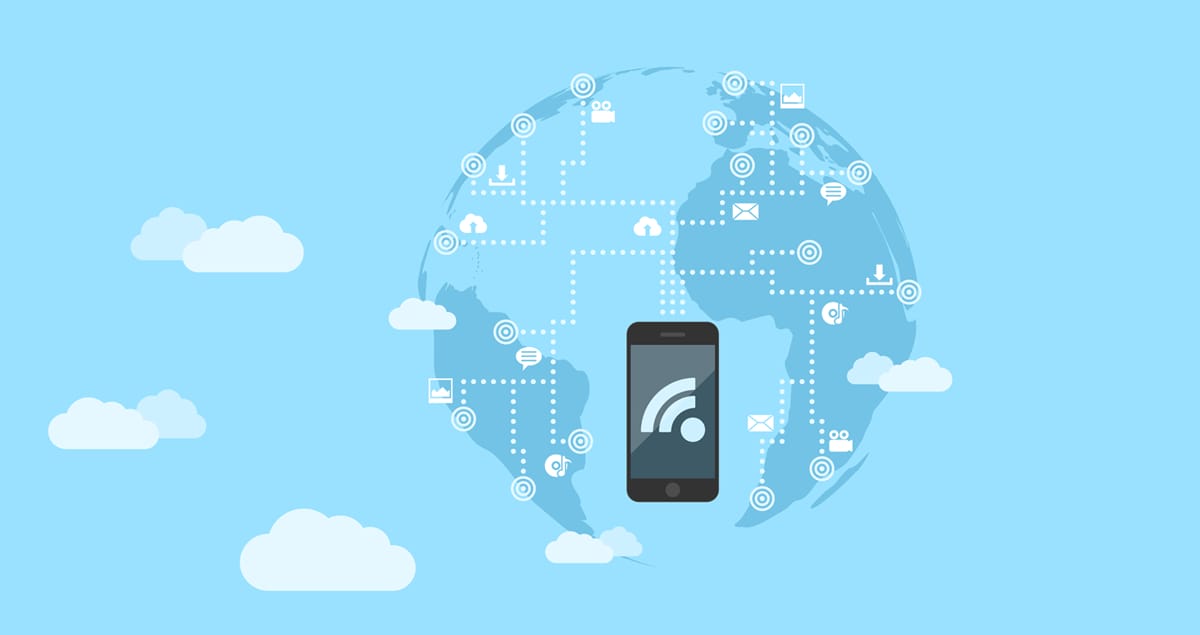Isn't it intriguing how a seemingly simple protocol can shape your email experience? You might find that comprehension of the POP3 email protocol offers useful perspectives into its practical uses and fundamental drawbacks. While it provides a straightforward way to manage your emails offline, it also raises questions about synchronization and multi-device accessibility. As you investigate its features, you'll start to see whether POP3 really meets your needs or if you should consider alternatives that might better suit your email habits.
Understanding POP3 Fundamentals
To grasp the fundamentals of POP3, it's vital to acknowledge its primary role as a protocol that enables email retrieval from a mail server to your client device.
Comprehending POP3 basics helps you appreciate how it promotes offline access to emails, allowing you to manage your correspondence without continuous internet connectivity.
While the protocol allows for efficient email retrieval, it does come with limitations, such as single device access and lack of real-time synchronization.
You'll find that POP3 typically downloads emails to your device, potentially deleting them from the server, unless you configure it otherwise.
Therefore, evaluating your email retrieval needs is essential to optimize your usage of this protocol effectively and maintain control over your email management.
Historical Development of POP Protocols
Evolving from its inception in the mid-1980s, the Post Office Protocol has undergone remarkable changes, with POP1 introduced in 1984 and followed closely by POP2 in 1985. These early versions laid the groundwork for the POP protocol evolution, addressing the need for email retrieval from servers.
By 1988, POP3 emerged, refining user experience and expanding capabilities, which greatly contributed to POP3 user adoption. Since its standardization in RFC 1081, POP3 has largely remained unchanged, aside from minor updates in subsequent RFCs.
This stability has allowed users to depend on POP3 for offline email access, though it lacks the real-time synchronization features of newer protocols. Comprehending this historical context is essential for appreciating POP3's role in today's email environment.
Advantages of Using POP3
Why consider using POP3 for your email retrieval needs? POP3 offers several advantages, particularly for those valuing offline convenience and effective email management. By downloading emails to your device, you gain local storage, allowing easy access without an internet connection. This improves the user experience, especially in areas with limited connectivity.
Here's a quick comparison of POP3's advantages:
| Advantage | Description |
|---|---|
| Offline Convenience | Read and manage emails without internet. |
| Local Storage | Frees up server space by storing emails locally. |
| Simple Configuration | Easy to set up with various email clients. |
| Bandwidth Efficiency | Reduces server load by downloading emails. |
With these benefits, POP3 remains a strong choice for users seeking independence in their email management.
Limitations of POP3 Protocol
While POP3 offers several advantages, it also has notable limitations that can hinder its effectiveness for users with diverse email management needs.
Primarily, the protocol restricts your access to emails on a single device, complicating your POP3 user experience if you frequently switch between devices. Additionally, it lacks real-time synchronization, leading to potential POP3 performance issues, such as discrepancies in read/unread status across devices.
Furthermore, downloading all emails can create local storage challenges, especially with large attachments, without any vetting process.
Security Measures for POP3
To safeguard your email communications using POP3, it's essential to implement robust security measures that address fundamental vulnerabilities.
Start by utilizing encryption methods such as SSL/TLS, ensuring your data remains secure during transmission. This protects against potential eavesdropping and data interception.
You should also prioritize strong passwords; complex passwords greatly reduce the risk of unauthorized account access.
Regularly update your email client and security software to patch any security vulnerabilities that may arise.
Monitoring your account activity can help you detect any unusual behavior promptly.
Backup Strategies for Emails
Guaranteeing the integrity of your email communications hinges on implementing effective backup strategies for your POP3 emails.
Focus on email retention by configuring your settings to keep copies on the server, which safeguards against local device failures. Regularly assess your backup frequency; daily backups can mitigate the risk of data loss.
Utilize email client features that enable automatic backups or consider third-party solutions for added security. Archiving important emails not only preserves critical information but also helps manage local storage effectively.
Documenting your backup procedures guarantees consistency and reliability, equipping you to maintain control over your email data.
Setting Up POP3 Configuration
Setting up POP3 configuration is crucial for efficiently managing your email retrieval process.
Begin by accessing your email client's settings and enabling POP3. Input your email server's settings, typically found on your provider's website. Remember to configure options for email retention on the server to avoid data loss.
After saving changes, test the setup to verify everything's functioning correctly, as this can help with troubleshooting POP3 issues.
To optimize performance, consider limiting download sizes and archiving older emails to manage local storage effectively.
Regularly check for updates on your email client to improve security and functionality.
Following these steps guarantees a smooth POP3 experience, letting you focus on what matters most—your emails.
Accessing POP3 From Different Clients
Accessing POP3 from different email clients is often straightforward, as most popular clients support this protocol seamlessly. However, you might encounter POP3 compatibility issues, depending on the client's settings and features.
To guarantee a smooth experience, always verify the server settings, including the incoming mail server address, port number, and encryption method. Client configuration tips include enabling SSL/TLS for secure connections and adjusting settings to retain copies of emails on the server if needed.
Make sure to check for any specific instructions related to your email provider, as they may have unique requirements. By following these guidelines, you can effectively manage your email across various clients while enjoying the flexibility POP3 offers.
Comparing Email Protocols
When evaluating email protocols, it's crucial to understand the distinct functionalities and user experiences each one offers.
POP3 excels in offline email access, making it ideal for users with limited internet connectivity. However, its email performance lags in real-time synchronization, restricting access to a single device.
In contrast, IMAP provides seamless multi-device access, supporting user preferences for cloud-based management.
Microsoft Exchange ActiveSync, while robust, is limited to specific environments.
Your choice hinges on whether you prioritize offline access or prefer continuous synchronization across devices.
Analyzing these differences enables you to align protocol selection with your unique email needs while ensuring excellent performance tailored to your lifestyle.
Evaluating Your Email Needs
Comprehending your email needs is essential for selecting the most suitable protocol. Assess your email usage patterns, including how often you check your messages and whether you require offline access.
If you frequently switch between devices, you might prioritize protocols that support real-time synchronization, like IMAP. However, if you mainly use a single device and prefer offline access, POP3 could be advantageous.
Additionally, consider device compatibility; verify the chosen protocol works seamlessly with your email clients and devices. Evaluating these factors will help you determine whether you need the simplicity of POP3 or the flexibility of a protocol that accommodates multiple devices, ultimately aligning your email experience with your specific needs.
Frequently Asked Questions
Can I Use POP3 With Multiple Email Accounts Simultaneously?
Yes, you can use POP3 with multiple accounts simultaneously. However, remember that it doesn't support email synchronization across devices, so actions performed on one device won't reflect on others, limiting your flexibility.
What Happens to Unsent Emails When Using POP3?
What happens to your unsent emails when using POP3? They remain in your email client's local storage until sent or deleted, but keep in mind they won't be stored on the email server unless configured otherwise.
Is POP3 Suitable for Business Email Management?
POP3 can suit your business email management needs with advantages like offline access and local storage. However, its limitations—such as single-device access and lack of synchronization—might hinder collaborative efforts and real-time communication.
Can I Retrieve Deleted Emails Using POP3?
Can you truly recover deleted emails using POP3? Unfortunately, server limitations often mean once an email's gone, it's gone. Email recovery isn't reliable with POP3, so consider backup strategies to safeguard important messages.
Are There Mobile Apps That Support POP3?
Yes, several mobile email clients offer POP3 compatibility. Apps like Microsoft Outlook, K-9 Mail, and Aqua Mail enable you to configure POP3 settings, allowing you to manage your email efficiently while on the go.





